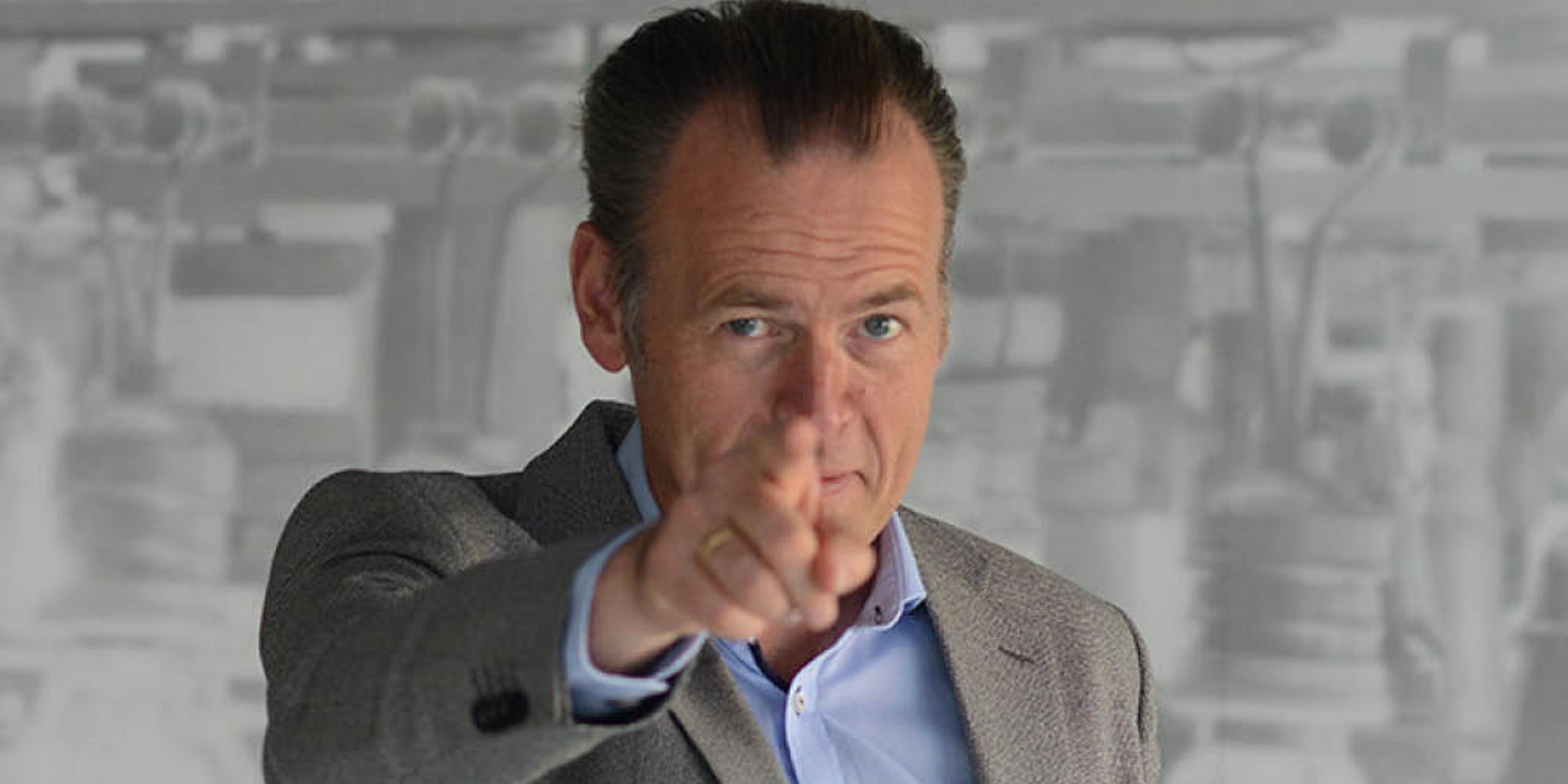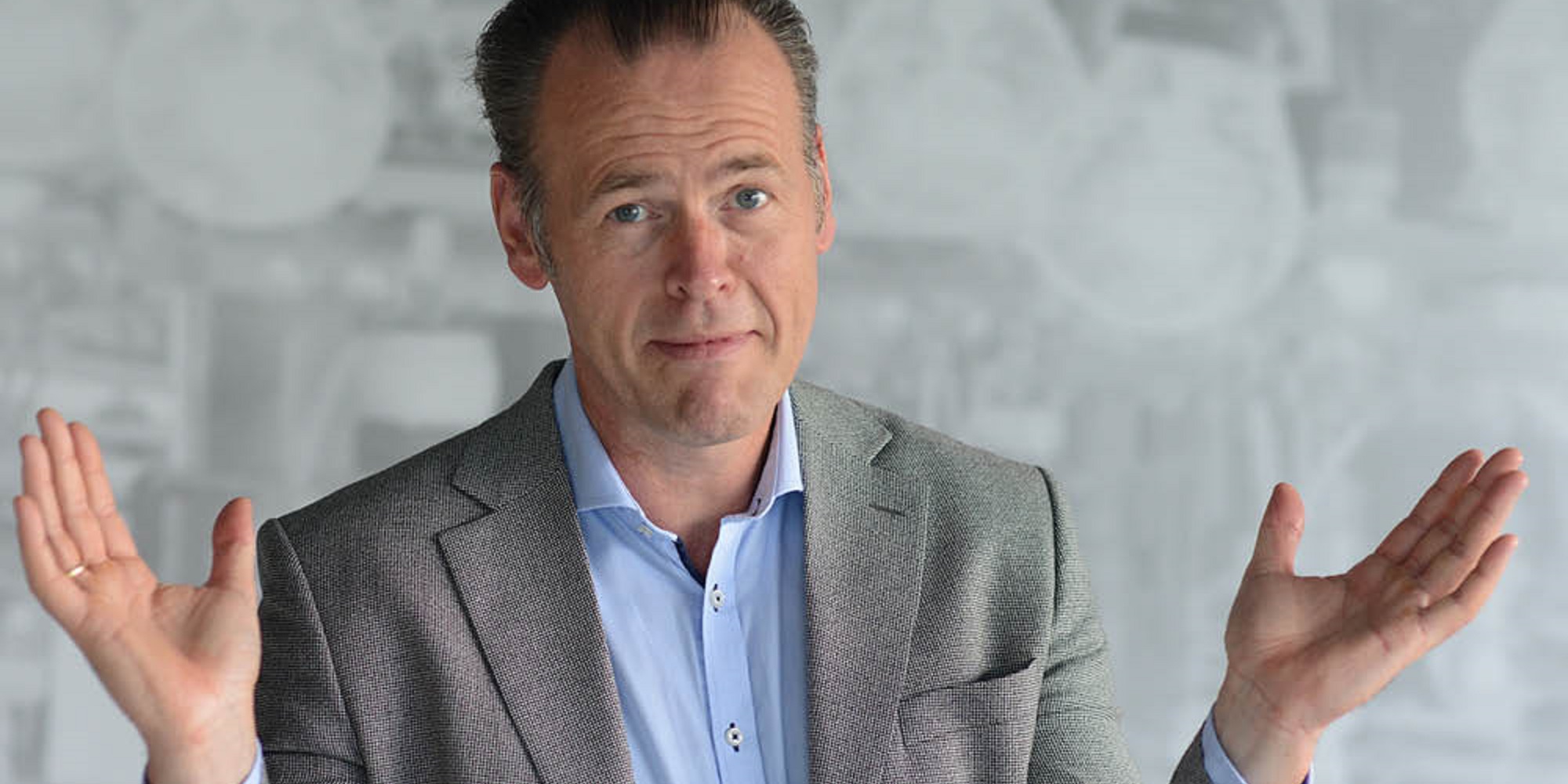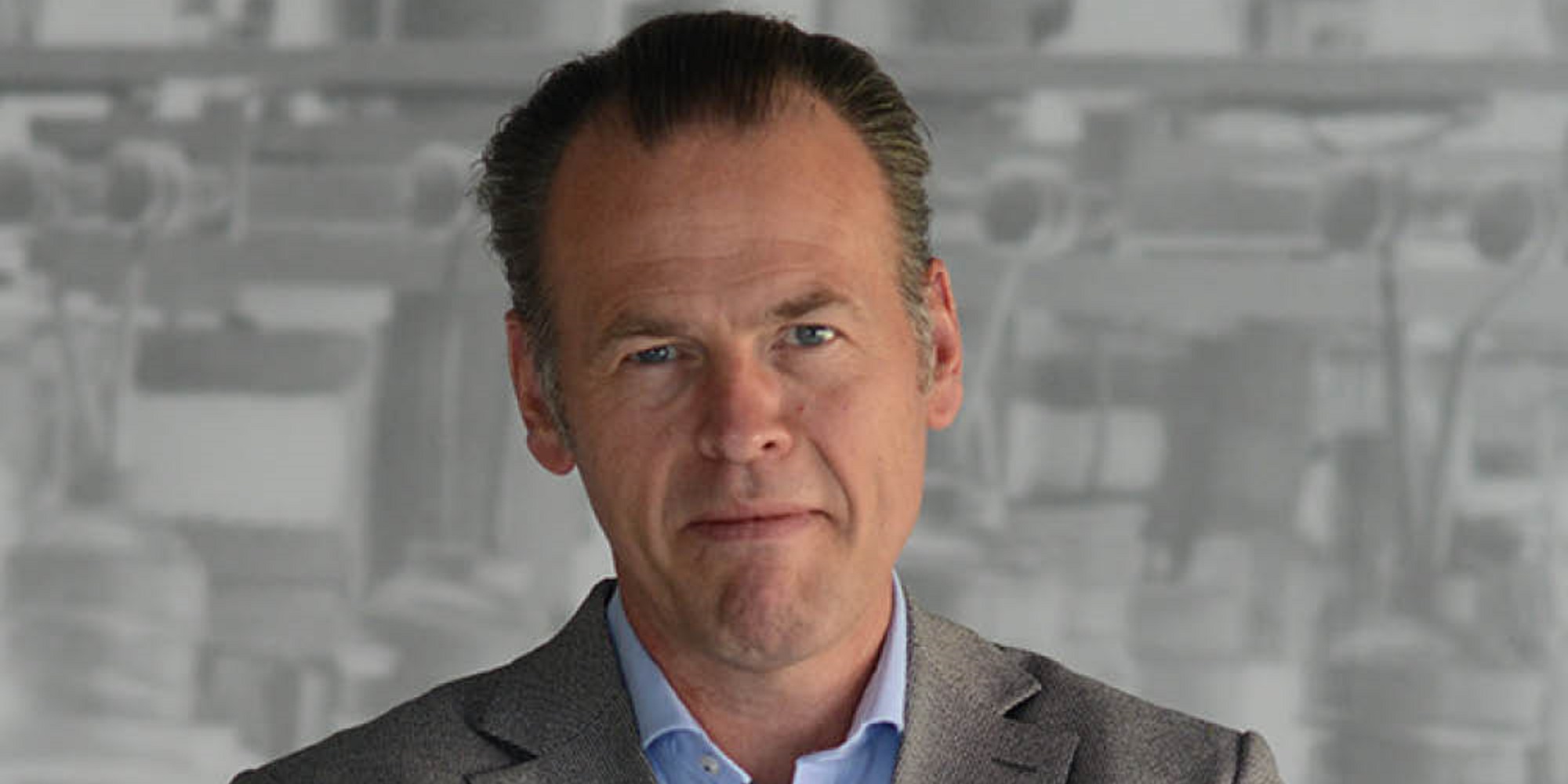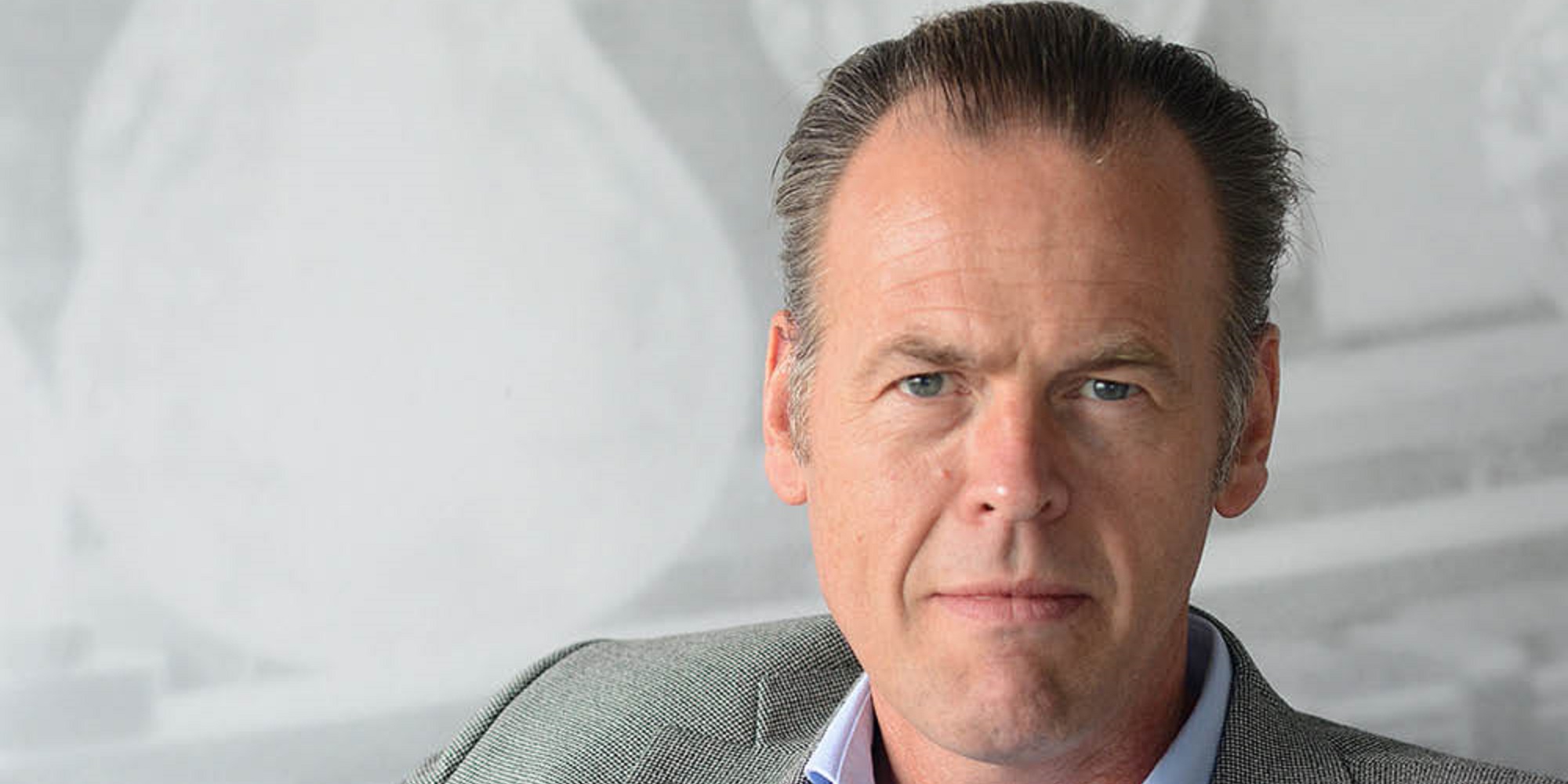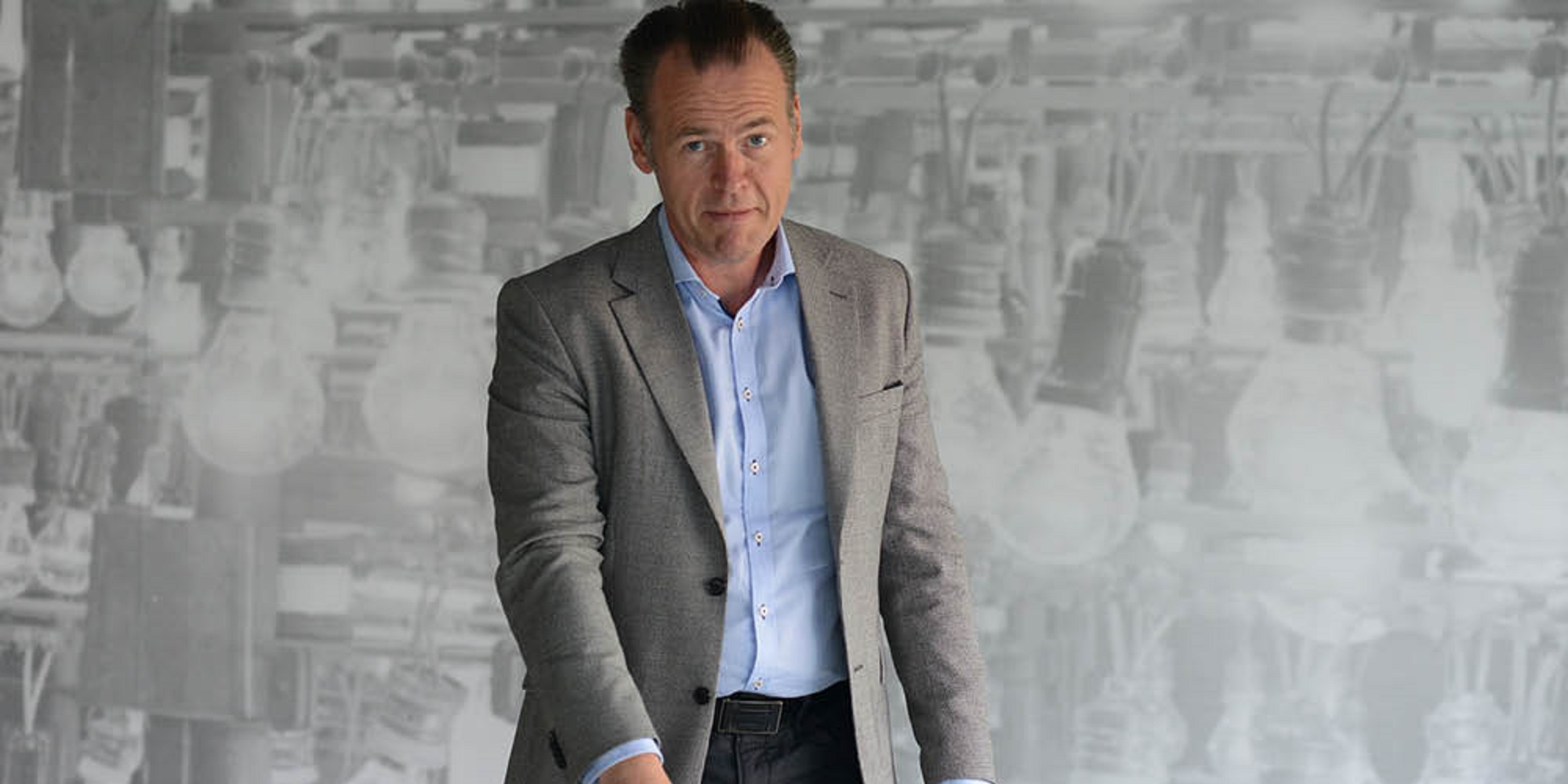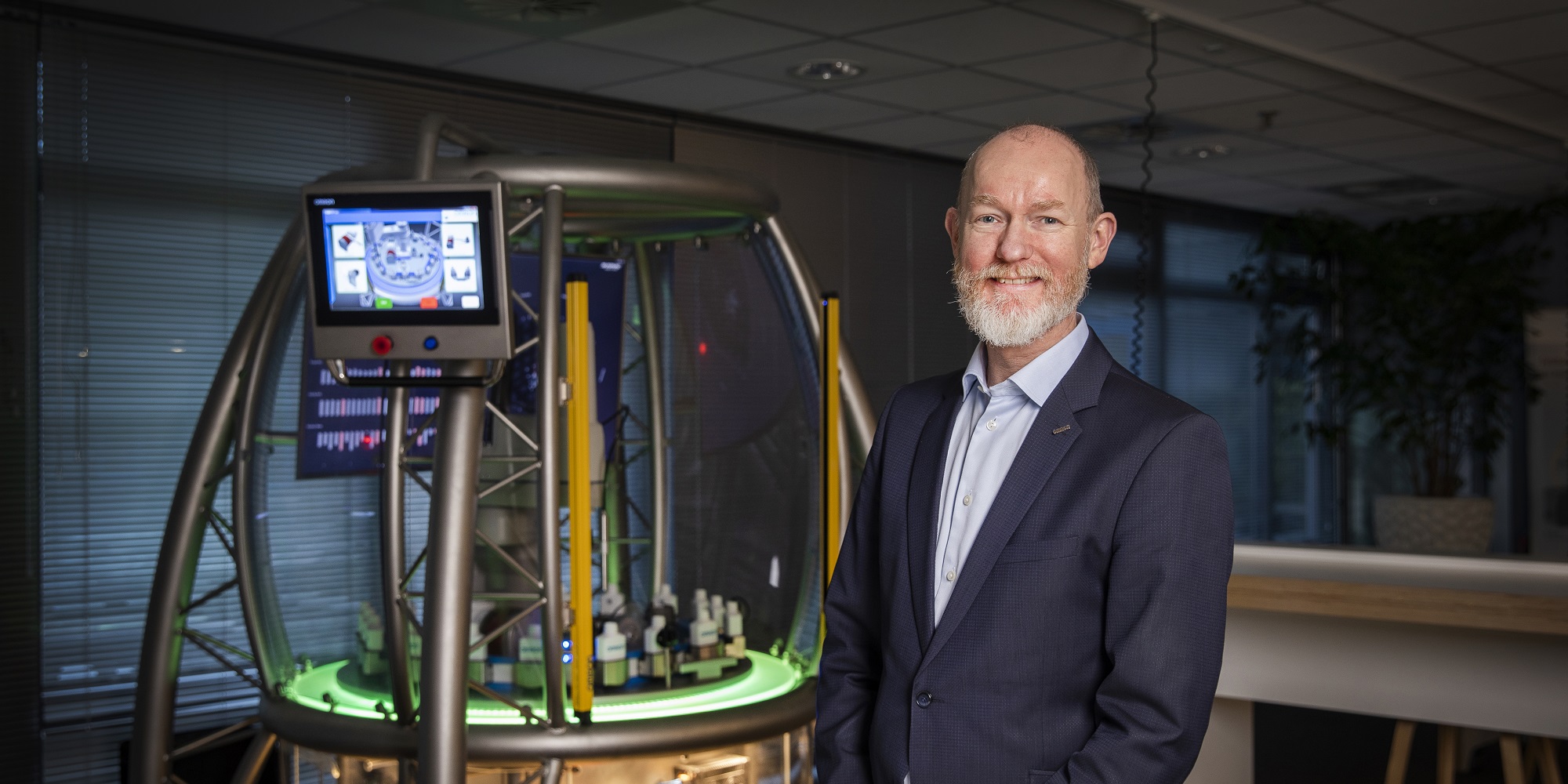With the vast majority of white-collar staff in companies currently working from home, the normal ways of managing people are disrupted quite fundamentally. Working closely with people in such a way that you can tell them what to do is much more difficult when you’re not physically in the same place.
Similarly, many organizations rely on meetings to align and coordinate work that crosses team and function boundaries. Because virtually all meetings take place online, their effectiveness is even lower than usual. I’ve already talked to people who are literally stuck behind their computers for back-to-back online meetings for ten hours in a row.
Rather than complaining about the situation and the inefficiency of working in this way, I’d like to outline an alternative approach: move to cross-functional teams that get tangible, quantitative outcomes as their target and that are otherwise left to their own devices on how to accomplish these outcomes.
Although it’s obvious that in almost all contexts, this is a better approach, few, especially traditional, companies are adopting it. The reasons are many, but some of the primary ones include: a lack of clear quantitative goals for most individuals and teams – in [last week’s post](https://bits-chips.nl/artikel/why-you-dont-define-desired-outcome/), I wrote about the reasons for this; a need for control by management, as in my experience, especially in more traditional companies, the culture tends to lean towards hierarchy; the Taylorian mindset of dividing every end-to-end task into multiple slices and giving each slice to a department, function or team and assuming a waterfall-style handover process; the belief that most work is repetitive and can be optimized by asking individuals and teams to specialize on their narrow slice of the work.
These reasons may have been justifiable at some point in the past, but this is most certainly no longer the case. All work that’s repetitive these days is automated and if it isn’t, you better automate it soon. This means that the only work left for humans is the work that we’re best at: complex, unique tasks that require creativity and a variety of skills to resolve.
'As coordination cost is orders of magnitude lower, the efficiency of work is much higher'
Cross-functional teams are uniquely suited for taking on this type of work. By establishing the team around the skills expected to be required for the task, people with different skills can together work on addressing the challenge. As coordination cost within teams is orders of magnitude lower than coordination across teams, functions and departments, the efficiency of work is much higher.
The second aspect of the approach is that rather than telling teams what to do and how to work, they receive tangible outcome targets. It’s then up to them to figure out how to achieve these targets. This may require experimentation with customers and products, prototyping, and so on.
As we describe in our work on value modeling, the outcome targets should be part of a hierarchical value model that links the top-level KPIs for the business with the mid-level and team-level targets. So, all teams have targets on which to focus but also guardrail metrics that they’re not allowed to affect negatively.
With most of the people in industry working from home, perhaps the time has come to reinvent your organization along these principles and instead of suffering through the disruption, you can use it to lift your organization to the next level. Focus on setting outcome targets, not on telling people how to get there.
